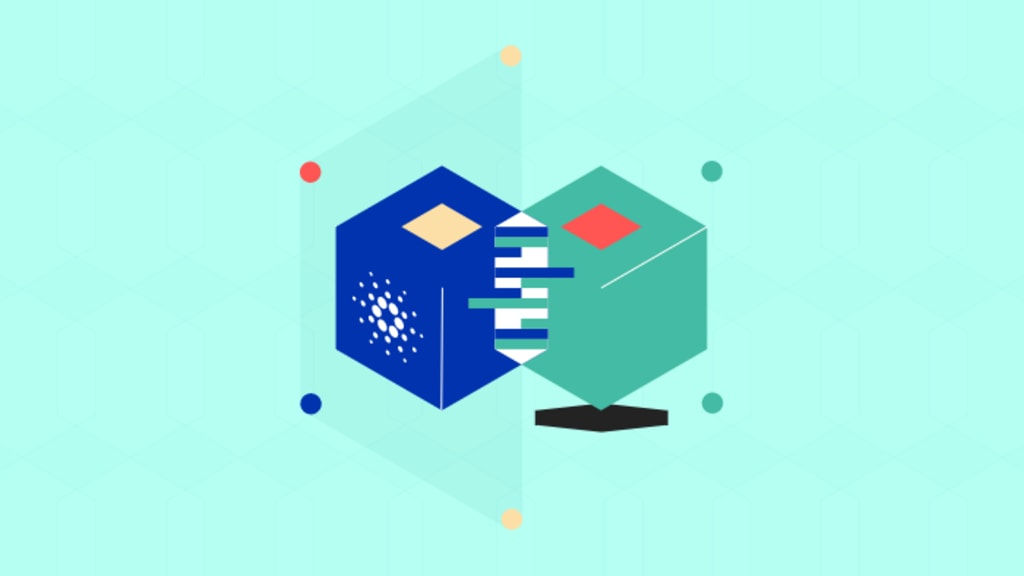Cardano
Introduction to Cardano Design and Development.

Cardano is a decentralized blockchain platform that was created with the goal of providing a secure and scalable infrastructure for building decentralized applications (DApps) and executing smart contracts. Cardano's design and development process has been carefully thought out to address the challenges faced by existing blockchain platforms such as scalability, security, and interoperability.
Cardano's Design Principles:
Cardano's design principles are focused on scalability, interoperability, sustainability, and security. To achieve scalability, Cardano uses a layered architecture that separates the ledger and computation layers, allowing for parallel processing and faster transaction speeds. To ensure interoperability, Cardano uses a modular architecture that allows for seamless integration with other blockchains and systems. To ensure sustainability, Cardano uses a proof-of-stake consensus algorithm that reduces energy consumption and provides incentives for network participants. To ensure security, Cardano uses a formal verification process that rigorously tests the code for correctness and eliminates the potential for bugs and vulnerabilities.
Cardano's Development Process:
Cardano's development process is based on a peer-reviewed research approach that involves collaboration between researchers, developers, and the community. The Cardano development team works closely with academic institutions and industry experts to ensure that the platform is built on a strong foundation of research and scientific principles. The development process is also transparent, with regular updates and open discussions on GitHub and other forums. This approach ensures that the platform is constantly evolving and improving to meet the needs of its users.
Cardano's Key Features:
Cardano's key features include a robust smart contract platform, a native cryptocurrency called ADA, a multi-asset ledger that supports various types of digital assets, and a governance model that allows for community participation and decision-making. The smart contract platform allows developers to build decentralized applications that are secure, scalable, and interoperable. The ADA cryptocurrency is used for transaction fees and as a store of value, with a fixed supply of 45 billion coins. The multi-asset ledger allows for the creation and transfer of various types of digital assets, including tokens and NFTs. The governance model allows for community members to propose and vote on changes to the platform, ensuring that the platform is driven by the needs and interests of its users.
One of the key advantages of Cardano is its use of a proof-of-stake consensus algorithm, which is designed to be more energy-efficient and secure than the proof-of-work algorithm used by Bitcoin and other blockchain platforms. In a proof-of-stake system, validators are chosen based on the amount of cryptocurrency they hold, rather than their computing power, as is the case with proof-of-work. This makes it more difficult for malicious actors to attack the network, and also reduces the energy consumption required to maintain the network.
Another advantage of Cardano is its use of a formal verification process, which rigorously tests the code for correctness and eliminates the potential for bugs and vulnerabilities. This is a crucial feature for a blockchain platform that is designed to support smart contracts and decentralized applications, as any vulnerabilities in the code could potentially lead to serious security issues and financial losses.
Cardano's multi-asset ledger is also an important feature, as it allows for the creation and transfer of various types of digital assets, including tokens and non-fungible tokens (NFTs). This has the potential to revolutionize industries such as finance, gaming, and art, by providing a secure and transparent platform for the creation and exchange of digital assets.
Cardano's governance model is also worth noting, as it allows for community participation and decision-making. This ensures that the platform is driven by the needs and interests of its users, rather than being controlled by a small group of developers or stakeholders.
Conclusion:
In conclusion, Cardano development company is focused on creating a secure, scalable, and interoperable blockchain platform that can support the next generation of decentralized applications. With its peer-reviewed research approach, transparent development process, and robust features, Cardano is well-positioned to compete with existing blockchain platforms and drive innovation in the decentralized ecosystem.





Comments
There are no comments for this story
Be the first to respond and start the conversation.